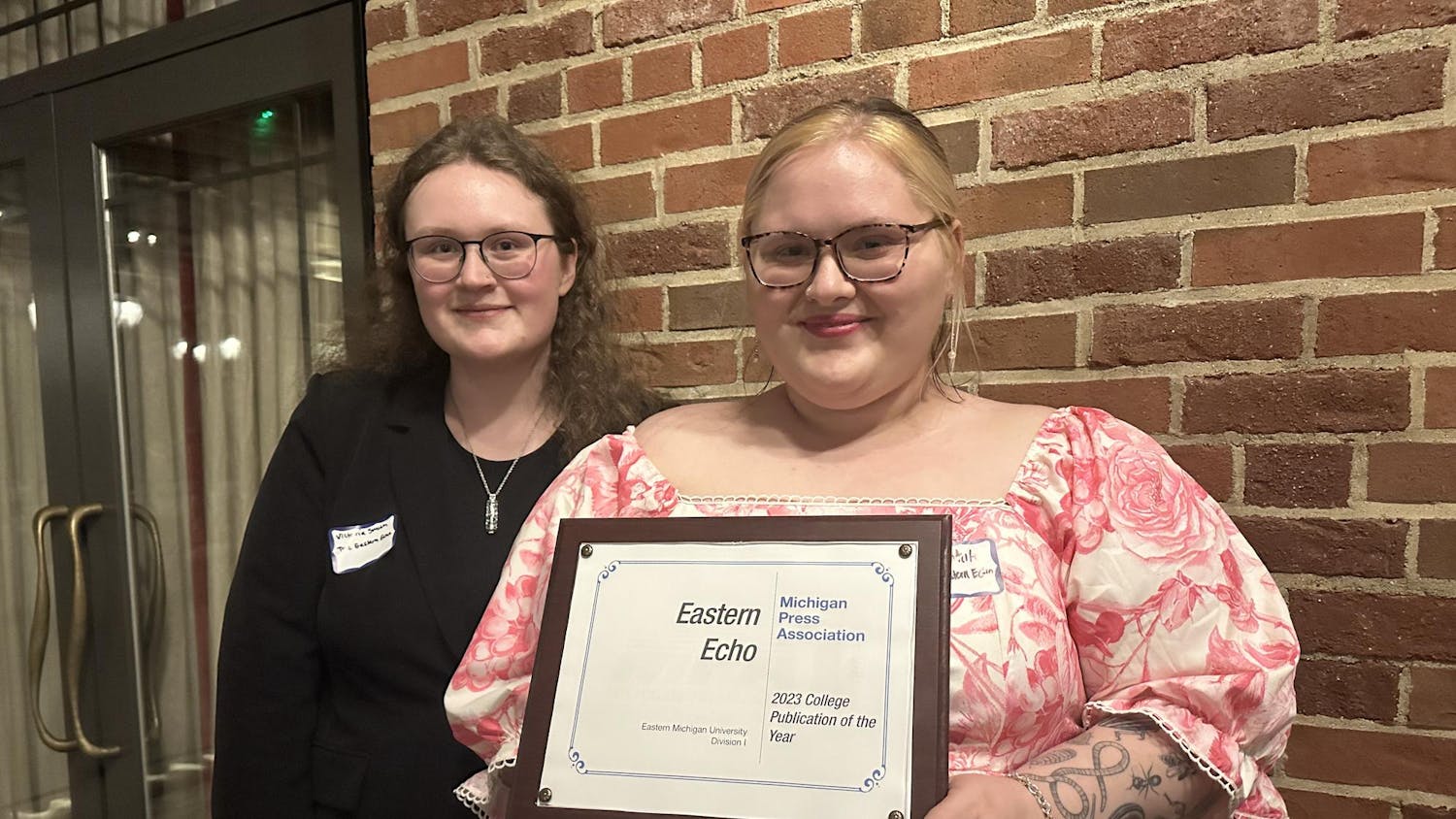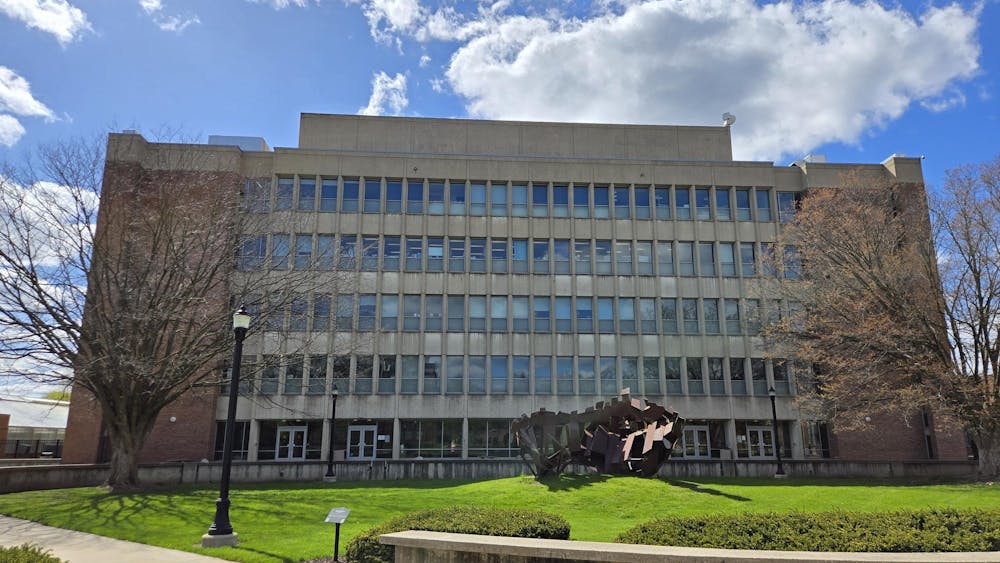On Tuesday April 3, Eastern Michigan University students sought to learn more about the sixth planet in our solar system, Saturn, in EMU’S planetarium located in the Science Complex. Lead by associate professor Thomas Kasper, participants sat back under the dome of the planetarium and took a journey to Saturn, its rings and its many moons.
The program started with a short introduction of spring beginning to come around and the changes in the atmosphere due to this seasonal change. The introduction focused on winter constellations such as Gemini, the twins Castor and Pollux, Sirius the dog star, and Orion the Hunter, and also focused on objects which will be leaving the northern hemisphere in the next few weeks and months.
"Saturn: Jewel of the Heavens," as the event was named after the planetary film screening, explored the many interesting facets about the planet. The film, created by Clark Planetarium in Salt Lake City, covered the history behind the discovery and exploration of Saturn, its moons, the gaseous atmosphere and its rocky core.
From ice geysers on Enceladus, a moon, to the many floating rocks in various sizes which circle Saturn forming the iconic rings, the planet has a lot to study. This planet presents countless opportunities to learn and to inspire young minds.
As students looked into the sky, Kasper said, “We learn a lot about where we came from. It allows us to look back in time almost to the time things were created…There’s no limit to what we can learn from the stars, own solar system, galaxy, the universe.”
A plethora of information can be gathered from the wide variety of Saturn’s moons, from the smallest bit of rock to Titan - Saturn’s biggest moon. This moon is bigger than the planet Mercury. With its own significant atmosphere similar to early Earth's, and traces of liquid and ice on it’s surface, scientists can look into Earth’s past, through further studies of Titan.
Once considered one of the seven ancient wonders, through studying planets like Saturn and its history, we are looking at our own. Even before Saturn got its name from the Romans, Babylonians told stories about the Seven Ancient Wonders: five planets, the sun and the moon. In learning about the history of planets like Saturn students learned about rich oral traditions and how human ancestors understood the skies above them.
“In the past Saturn was only a destination of the imagination. As we extend our presence into the solar system it is possible to imagine in the not to distant future, when Saturn and its moons are a destination for us. The past has shown us that once seemed like science fiction often becomes the reality of the future what may seem like distant dreams today could very well be the world our great grandchildren live in. These dreams represent the motivations hope, and out look of our future generations," said Kasper.








